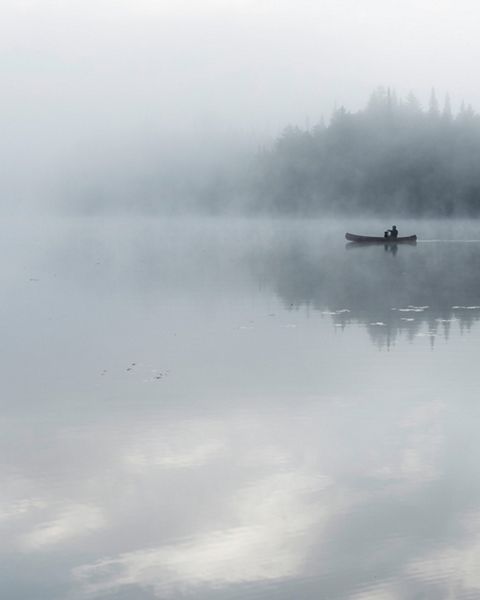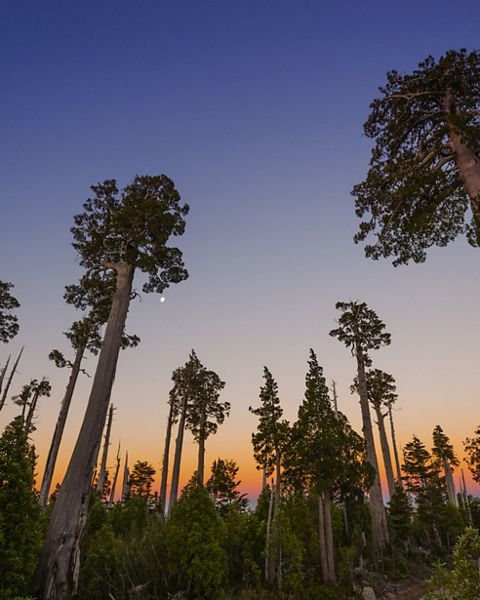The Nature Conservancy is a global environmental nonprofit working to create a world where people and nature can thrive.
Founded in 1951 in the United States of America, The Nature Conservancy works in more than 70 countries across six continents with a science-led approach to create nature-based solutions for the environmental challenges facing our planet. The representative office of The Nature Conservancy in Mongolia has been operating since 2008 in the conservation field.
Our Mission and Vision
-

Our Mission
To conserve the lands and waters on which all life depends.
Grounded in Science and Collaborative from the Beginning
The Nature Conservancy began when leading scientists, committed citizens and dedicated leaders came together with a shared vision to protect and care for nature. Our work in Mongolia began 16 years ago. We are proud of our history, which serves as a foundation for the goals and partnerships that drive our work today.
The Nature Conservancy Through the Years

The Mongolia Representative Office of The Nature Conservancy opened in Ulaanbaatar.

Launched activities to support the management of Toson Khulstai Nature Reserve as well as introducing participatory management approach with the representation of multi-stakeholders.

Conducted eco-regional assessment of the Eastern Grassland of Mongolia. It identified ecologically significant and conservation priorities in the eastern region of Mongolia.
2012-2015
The Nature Conservancy completed to conduct a nationwide landscape-level study called “Eco-regional assessment” in cooperation with the Government of Mongolia and other stakeholders.


Started eco-regional assessment of Mongolian Gobi in accordance with a joint decree made by Minister of Environment and Tourism, Minister of Mineral Resources, and other ministries.

Completed eco-regional assessment of Mongolian Gobi. Co-organized a training on “Ecosystem services value” in cooperation with the Government of Mongolia.

Developed a web-based Mitigation Design Tool for estimating the impacts of mining to apply mitigation hierarchy and offset decision-making. The tool was introduced to all relevant stakeholders.

Implemented a project titled “Capacity building for Ministry of Environment and Green Development of Mongolia in relation to biodiversity and conservation in the Southern Gobi” with the funding from the EBRD.

Completed ecoregional assessments of Western and Central regions of Mongolia and launched implementation of “Community-based Conservation” project on empowering the local community’s involvement in conservation measures.

Provided scientific and technical supports to Ministry of Environment and Tourism of Mongolia for successful approval of 22 new national protected areas of permanent designation.

Provided scientific and technical supports to the Ministry of Environment and Tourism of Mongolia and other stakeholders for the successful approval of 9 new national protected areas.

Feasibility assessment for implementing “Project Finance for Permanence” (PFP) has launched. Its report have finalized in early 2022. The parties agreed to develop further development of Eternal Mongolia PFP in 2023.

Currently, conducting research on the feasibility of assessing carbon opportunities in the grassland and peatlands of Mongolia.

Science
Research and Publications
We are working toward solutions that are good for people and our underlying natural systems. Our collection of research shows the breadth of our expertise.





